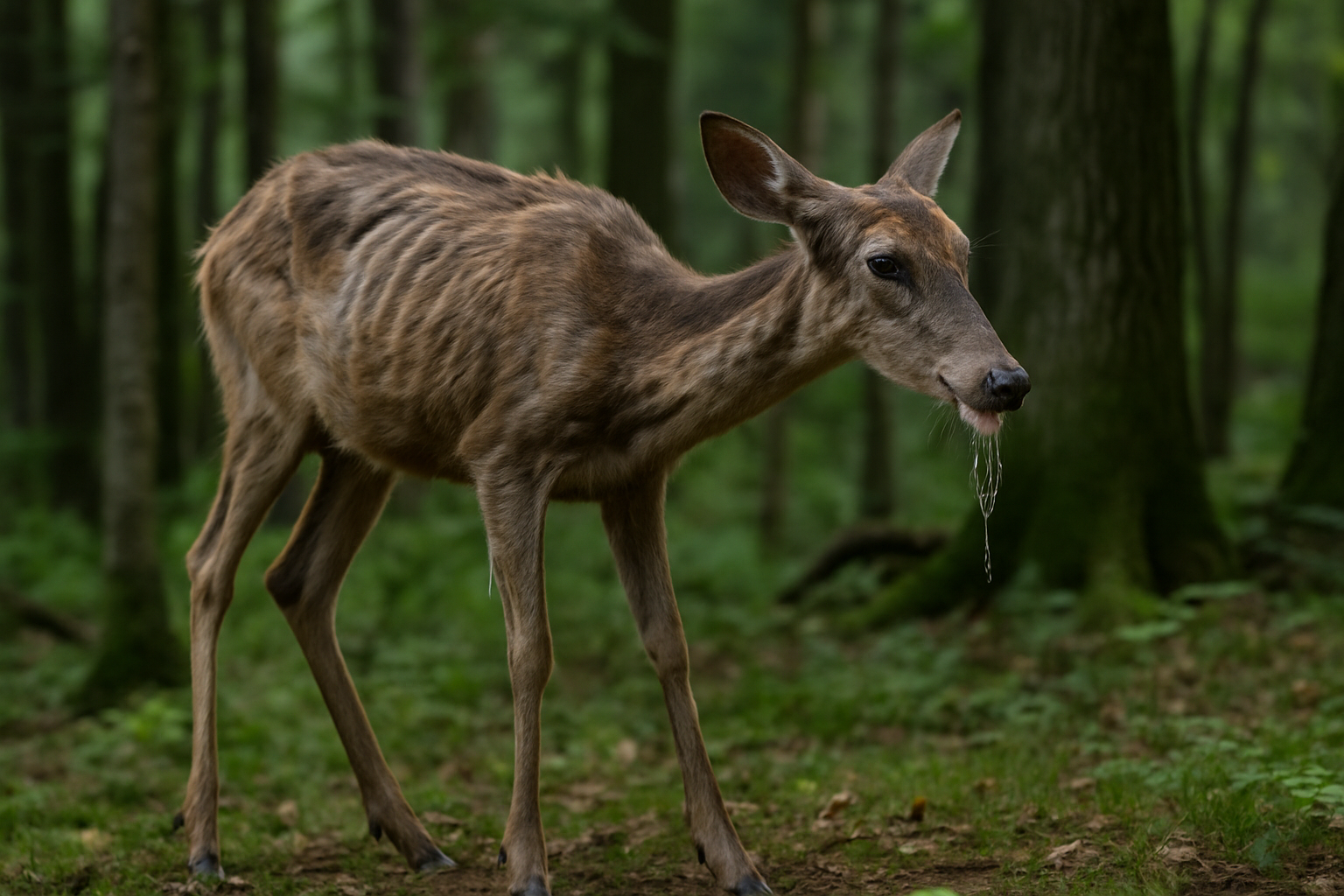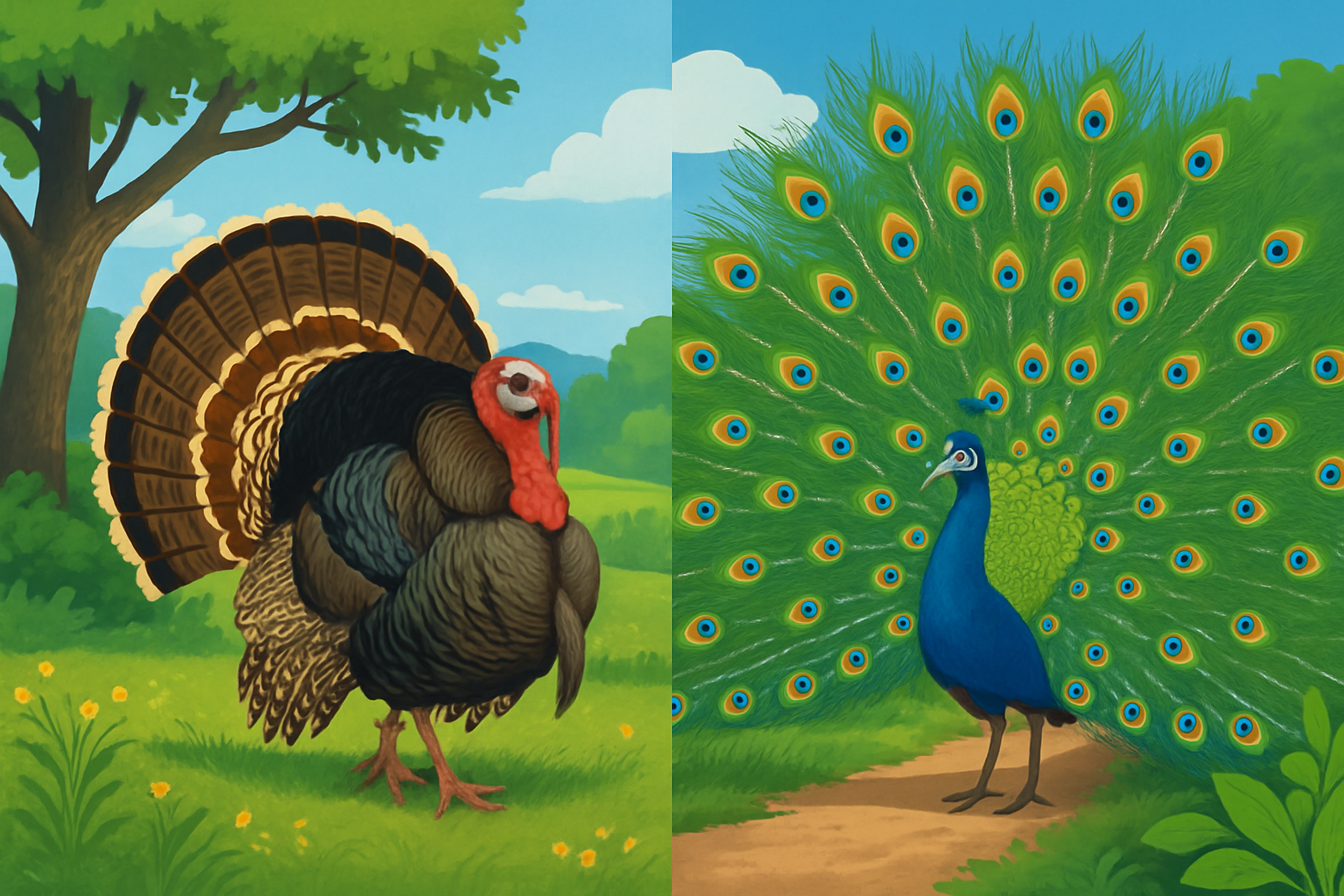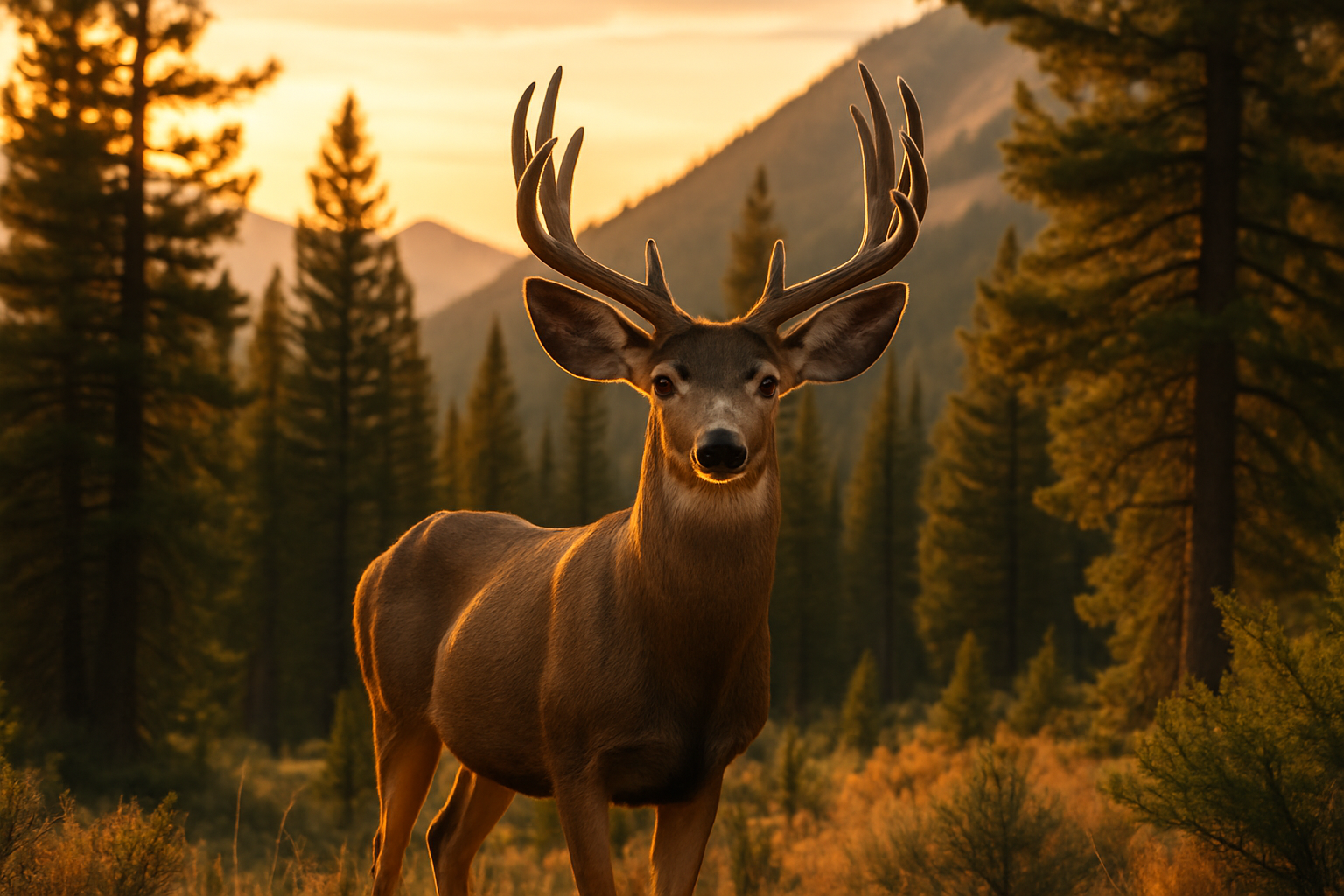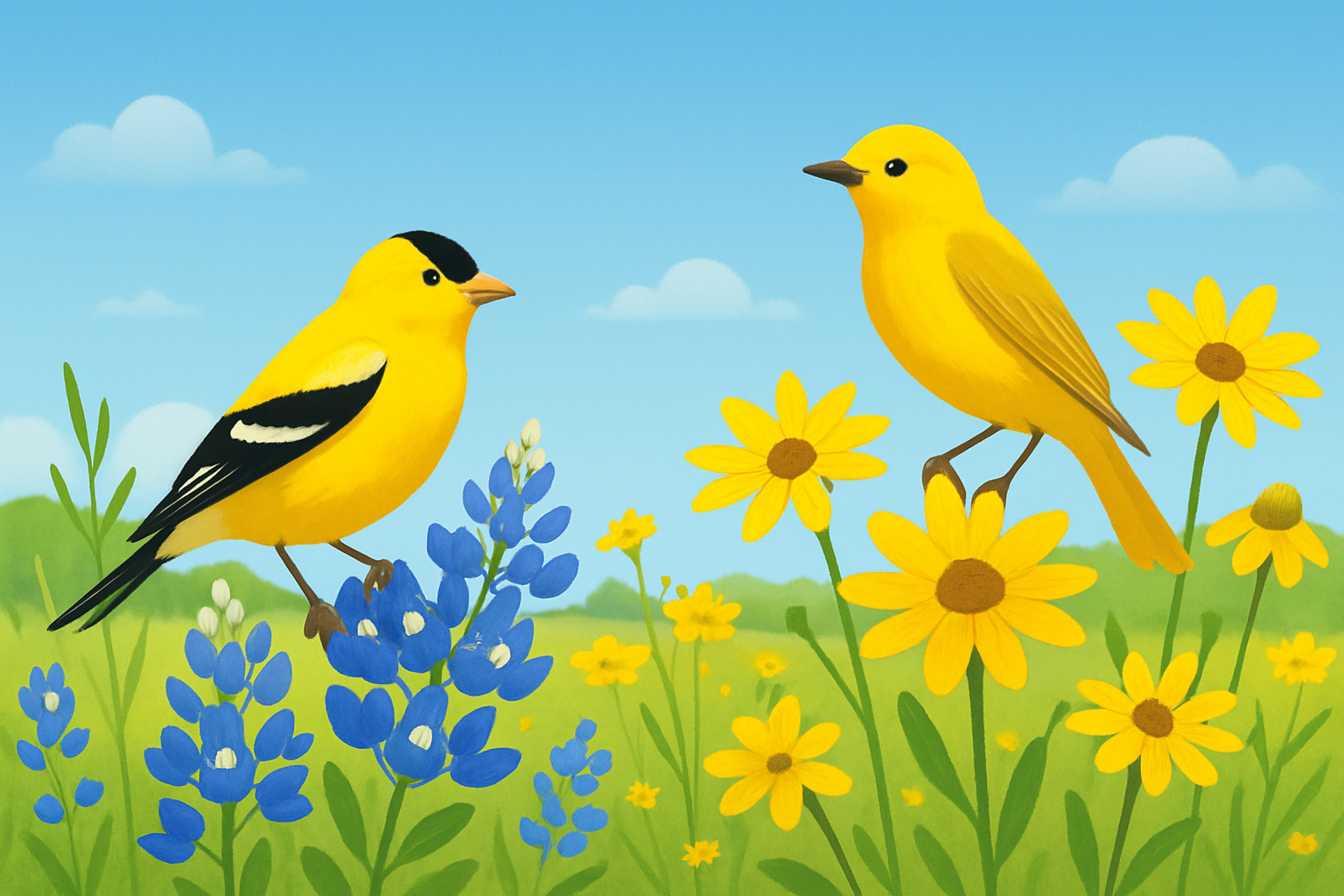What Does CWD Look Like in Deer and Early Warning Signs

Chronic Wasting Disease (CWD) is a pretty serious neurological disorder that's been taking a toll on deer populations all across North America and beyond - but what does CWD look like in deer?
What You Should Know About Chronic Wasting Disease (CWD) and Why It Matters
Chronic Wasting Disease or CWD is a deadly neurological illness that primarily hits animals in the deer family—think deer, elk and moose. It belongs to a group of diseases called transmissible spongiform encephalopathies caused by prions—those infectious proteins that do serious damage to brain tissue. Similar to mad cow disease in cattle and scrapie in sheep, CWD targets cervids and progresses slowly. It often causes significant population drops over time.
Prions are abnormal proteins that have folded the wrong way—think of it like a bad origami job gone rogue—and they can basically turn normal proteins in the brain upside down too. This misfolding chain reaction leads to serious and often fatal damage. Unlike bacteria or viruses, prions aren’t living beings at all. Instead, they sneak around by convincing healthy proteins to adopt their harmful shape.
How Chronic Wasting Disease Sneaks Through Deer Populations
Chronic Wasting Disease spreads among deer mostly through direct contact with infected animals but also sneaks around indirectly through contaminated environments. Deer pick up the disease by coming into contact with saliva or urine or feces or by hanging out in spots where infected deer have been.
- Saliva passed around during grooming or a playful nibble is a common highway for diseases to spread.
- Infected animals’ urine and feces don’t just disappear; they contaminate soil and plants, causing infections in unlucky creatures that come into contact with them.
- Prions have a stubborn habit of sticking to contaminated soil and vegetation which means the risk lingers even if animals never bump into each other.
- Transmission can happen from a mother deer to her young whether she’s pregnant or nursing, making it worrisome.
- When diseased deer carcasses break down they release prions into the environment which puts scavengers and other deer in the neighborhood at serious risk.
- Social behaviors like feeding side-by-side or bedding down together are cozy but come with a downside—increased chances of spreading CWD within herds.
What Does CWD Look Like in Deer? Key Physical and Behavioral Signs to Watch For
Chronic Wasting Disease tends to creep up on deer and shows itself through physical and behavioral changes that worsen over time. In the early stages, infected deer might look fine—almost like nothing’s wrong—but if you pay close attention, symptoms start to sneak in and become clearer over weeks or months.
Noticeable weight loss over time even though the animal keeps eating and drinking like nothing is wrong.
Excessive drooling that leaves wet patches around the mouth as if it cannot help itself.
Stumbling and trembling movements point to underlying neurological issues.
Low energy levels with the head hanging low and barely any response—like it is running on empty.
Repetitive odd behaviors such as stomping or shaking the head which can feel unsettling.
Drinking and urinating more than expected from a healthy deer—definitely not business as usual.
Strange facial expressions like blank stares or glassy eyes that tell a story of discomfort.
A dull rough coat with patchy hair loss clearly shows the animal's health is not at its best.

Photograph or detailed illustration showing a deer exhibiting typical CWD symptoms such as emaciation and drooling for visual identification
These symptoms occur because prions target the deer’s brain and nervous system and mess with vital functions like movement, appetite and behavior. Over time the brain tissue starts to look spongy and damaged.
Key Early Warning Signs to Keep an Eye On in Deer Populations
Subtle signs often sneak in ahead of the more obvious symptoms of CWD.
- A slight but noticeable drop in body condition or weight over time, the kind you might miss if you’re not paying close attention.
- Subtle changes in how the deer moves, like an uneven gait or the occasional stumble that just doesn’t seem quite right.
- Unusual levels of alertness, swinging from jittery nervousness to almost surprising lethargy.
- Small odd behaviors such as repetitive head shaking or rubbing, the kind that makes you wonder what’s really going on.
- Reduced fear of humans or an unusual tolerance for being close, as if they’re losing their natural wariness.
- Inconsistent eating patterns, including periods when they barely touch their food or skip meals altogether.
- Minor changes to the coat, like dullness or patchy hair loss—the subtle signs that usually fly under the radar.
Hunters, wildlife watchers and park rangers have to keep an eagle eye out for these subtle signs without causing a stir among the animals. Jotting down detailed notes and letting local wildlife agencies know about suspicious critters can really help track the spread of CWD.
Diagnosing CWD in Deer Getting to the Root
A definitive diagnosis of CWD really boils down to lab testing tissue samples collected after death—usually from the lymph nodes and brain tissue, the usual hangouts where prions like to gather.
Recent efforts have been zeroing in on live-animal testing methods like taking biopsies from lymphatic tissues or sniffing out prions in bodily fluids—methods that sound straightforward but are not in practice. There are also clever environmental sampling techniques that analyze soil and plants from high-risk areas to catch signs before it is too late. These approaches are still in the experimental phase and come with limitations, especially in sensitivity and scaling up for widespread use.
The Ecological and Economic Ripple Effects of Catching Issues Early
Unchecked spread of CWD often leads to steep drops in local deer populations, throwing ecological balance out of whack and shaking up food chains in ways you wouldn’t expect. Places that depend on hunting tourism tend to take a real hit financially, since CWD not only turns hunters away but also ushers in a slew of new restrictions.
Spotting the early signs of CWD in deer is absolutely key when it comes to keeping this nasty disease in check and safeguarding our healthy wildlife. Jumping on the problem quickly, guided by sharp observation, often makes all the difference in slowing down the spread of this serious illness. – Dr. Laura Simmons, Wildlife Disease Specialist
Steps to Take if You Suspect Deer Could Be Showing Signs of CWD
If you happen to spot a deer acting like it might have CWD, it’s best to tread lightly—literally. Keep your distance and don’t hesitate to alert the local wildlife authorities as soon as you can.
- Contact wildlife officials or local conservation authorities right away and be sure to give them all the important details including the exact location.
- Avoid touching or handling any animal that might have CWD because it’s safer to steer clear and prevent spreading contamination.
- Follow local hunting rules closely, especially those about carcass disposal and restrictions on moving them.
- If wildlife agencies request tissue samples, do your part by providing them to help with testing as it really makes a difference.
- Spread the word by sharing information about CWD signs and prevention with friends, family and fellow hunters because we’re all in this together.
Common Misunderstandings About CWD Symptoms That People Often Get Wrong
When you start spotting symptoms that could hint at what does CWD look like in deer, it's important to separate fact from fiction. Just because a deer looks thin or acts a bit off doesn't mean it has CWD. There are other illnesses, parasites or environmental quirks that can cause similar signs.
- Not every skinny or emaciated deer is necessarily infected. Often weight loss results from malnutrition or another illness that affects them.
- CWD symptoms usually develop slowly over several months instead of appearing all at once. It is like a bad plot twist you do not notice until it sneaks up on you.
- There’s no solid evidence that CWD jumps to humans though it has raised some eyebrows and caused worry.
- Unusual behavior in deer doesn’t always mean disease. It can be caused by injuries or environmental factors that disrupt their routine.
- Deer with CWD rarely become aggressive. Instead they tend to get tired and withdrawn like someone who’s had a long day they cannot shake off.





